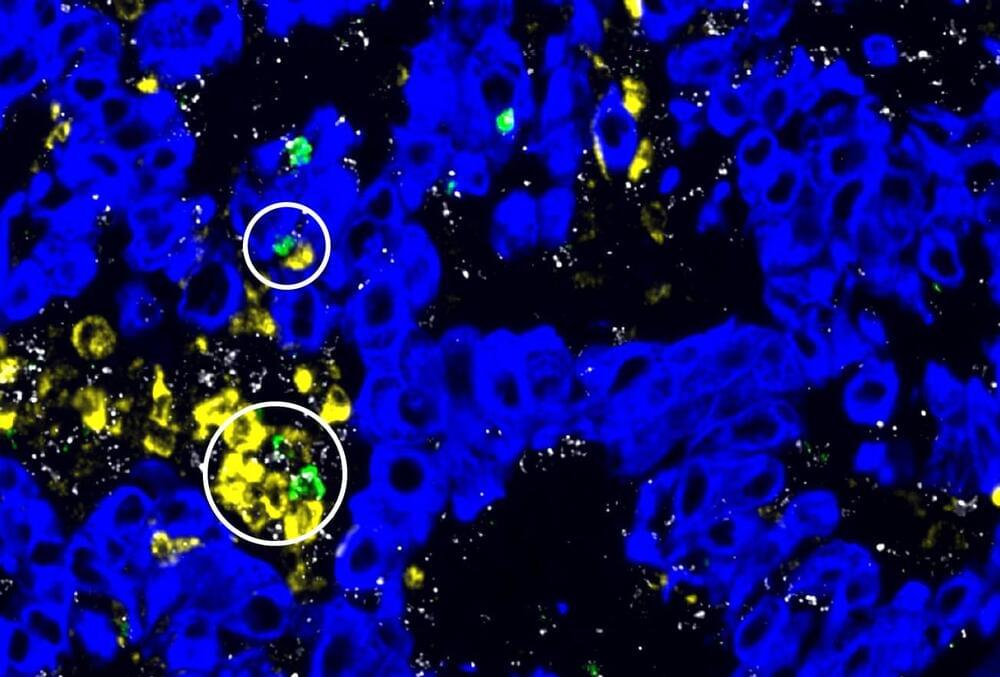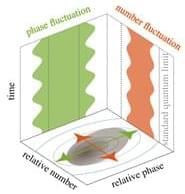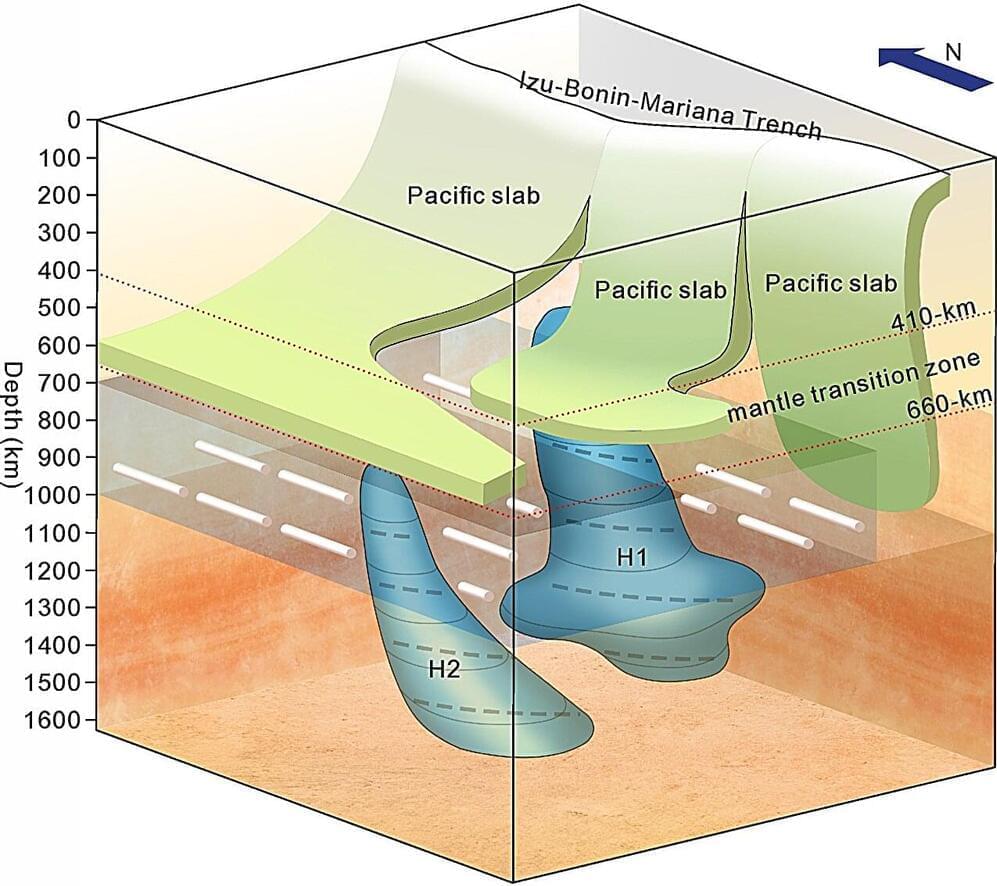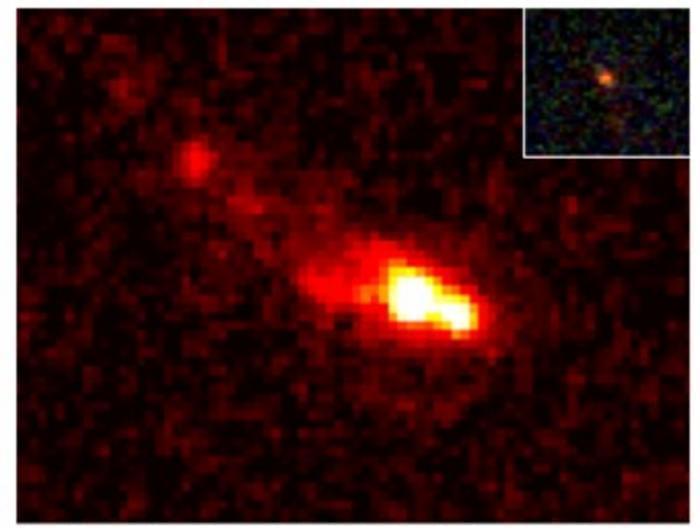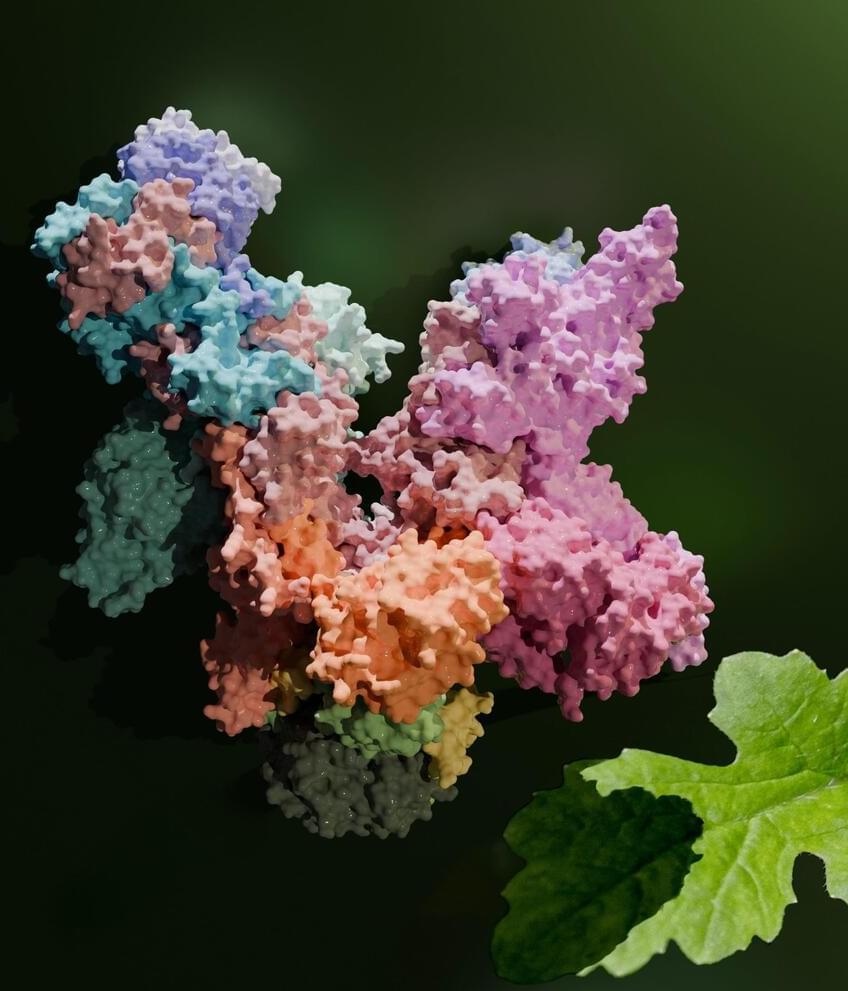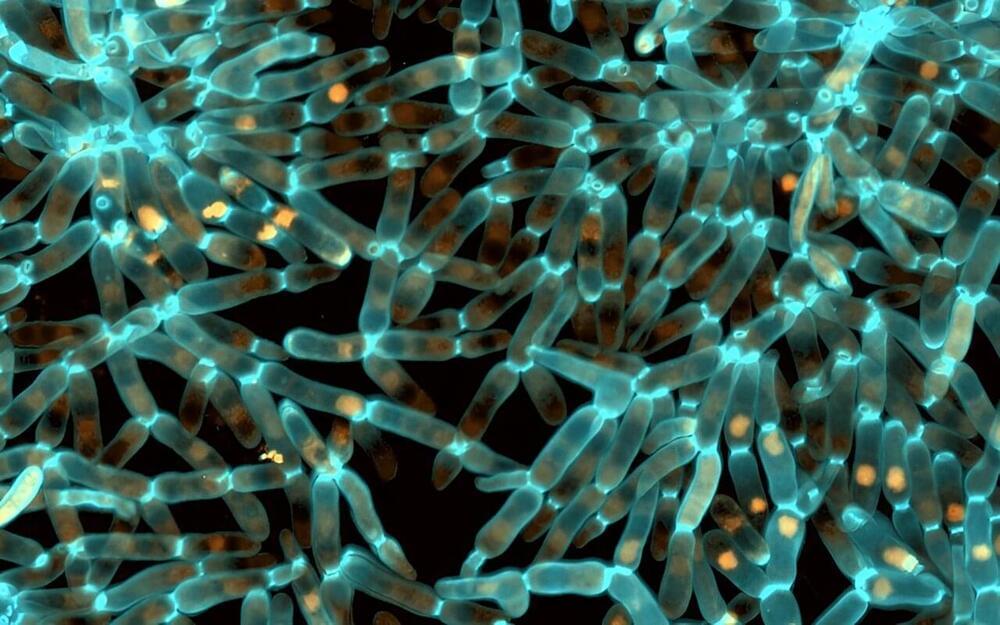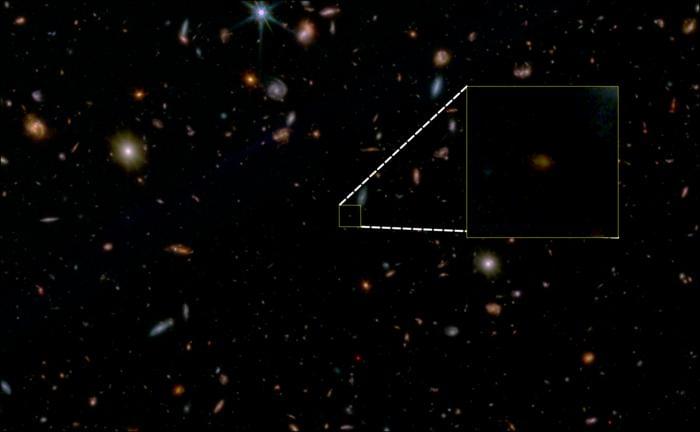Mar 20, 2024
Spatial study of lung cancer reveals immune markers of response to immunotherapy
Posted by Shubham Ghosh Roy in categories: biotech/medical, education, evolution, genetics
Through Broad’s Scientists in the Classroom program, Broad researchers visit every 8th grade classroom in Cambridge each year to talk about genetics and evolution.
Every summer, 18 high school students spend six weeks at Broad working side-by-side with mentors on cutting-edge research.
In November 2022, Broad’s Genomics Platform sequenced its 500,000th whole human genome, a mere four years after sequencing its 100,000th.
